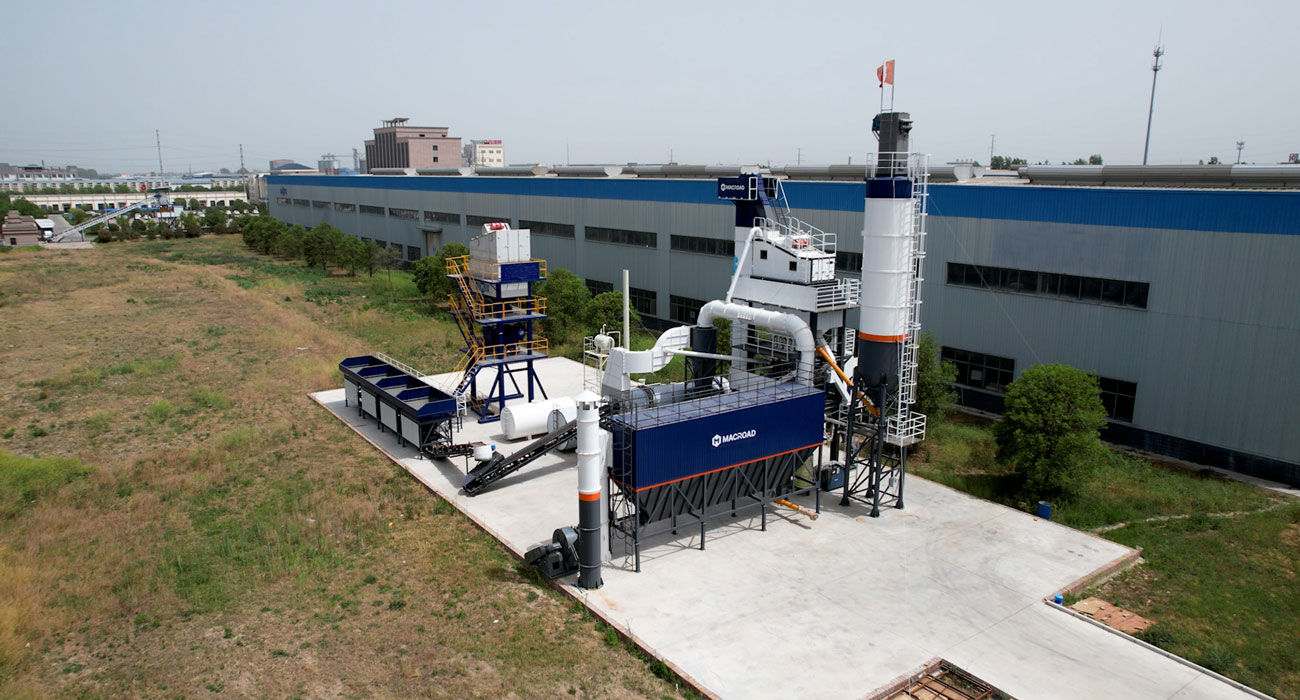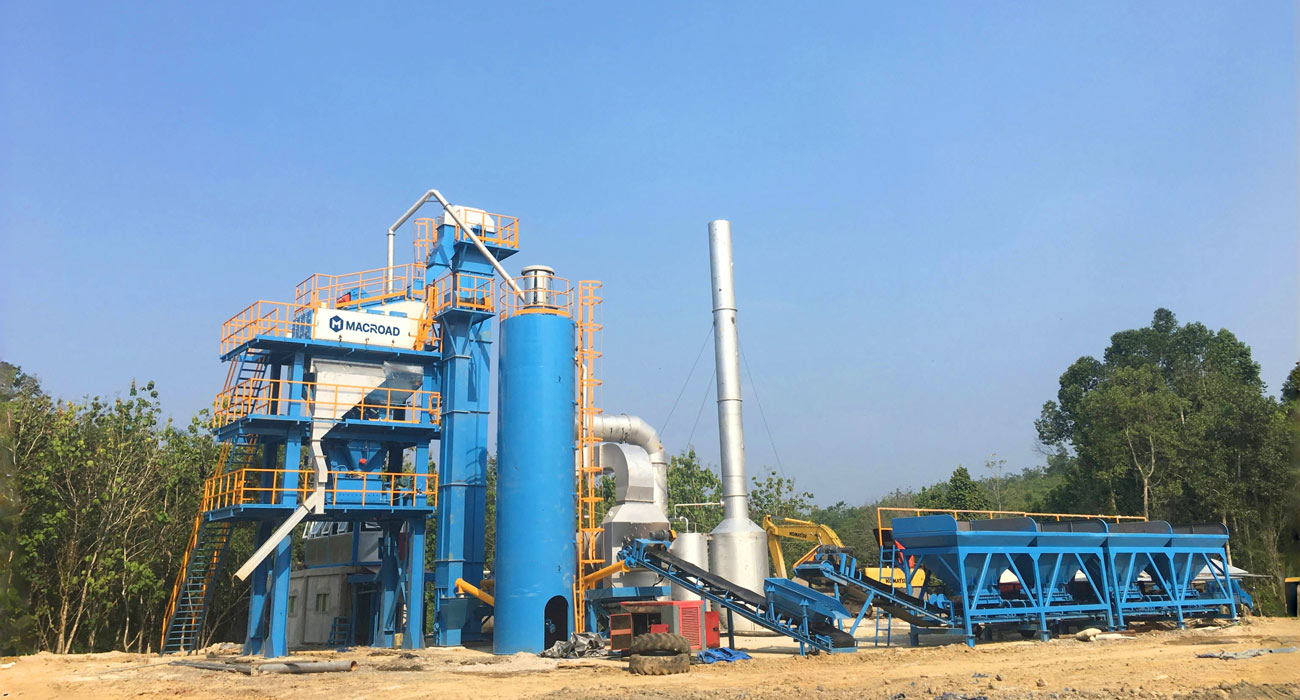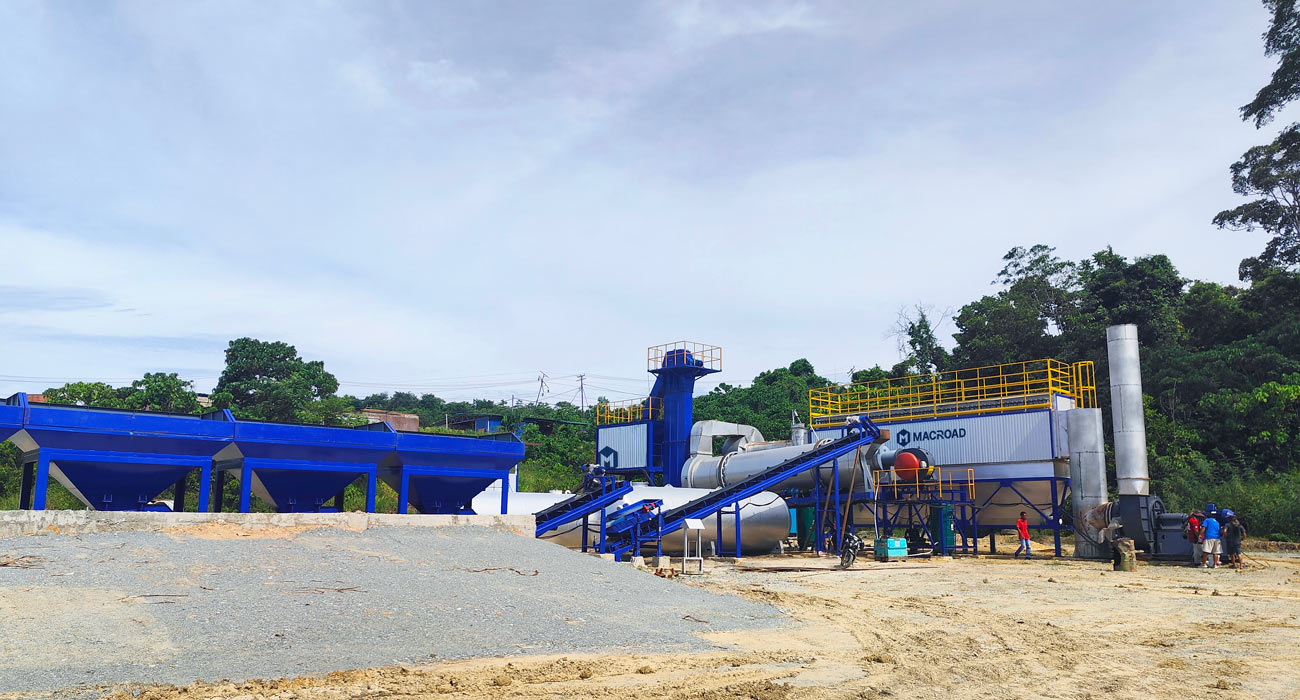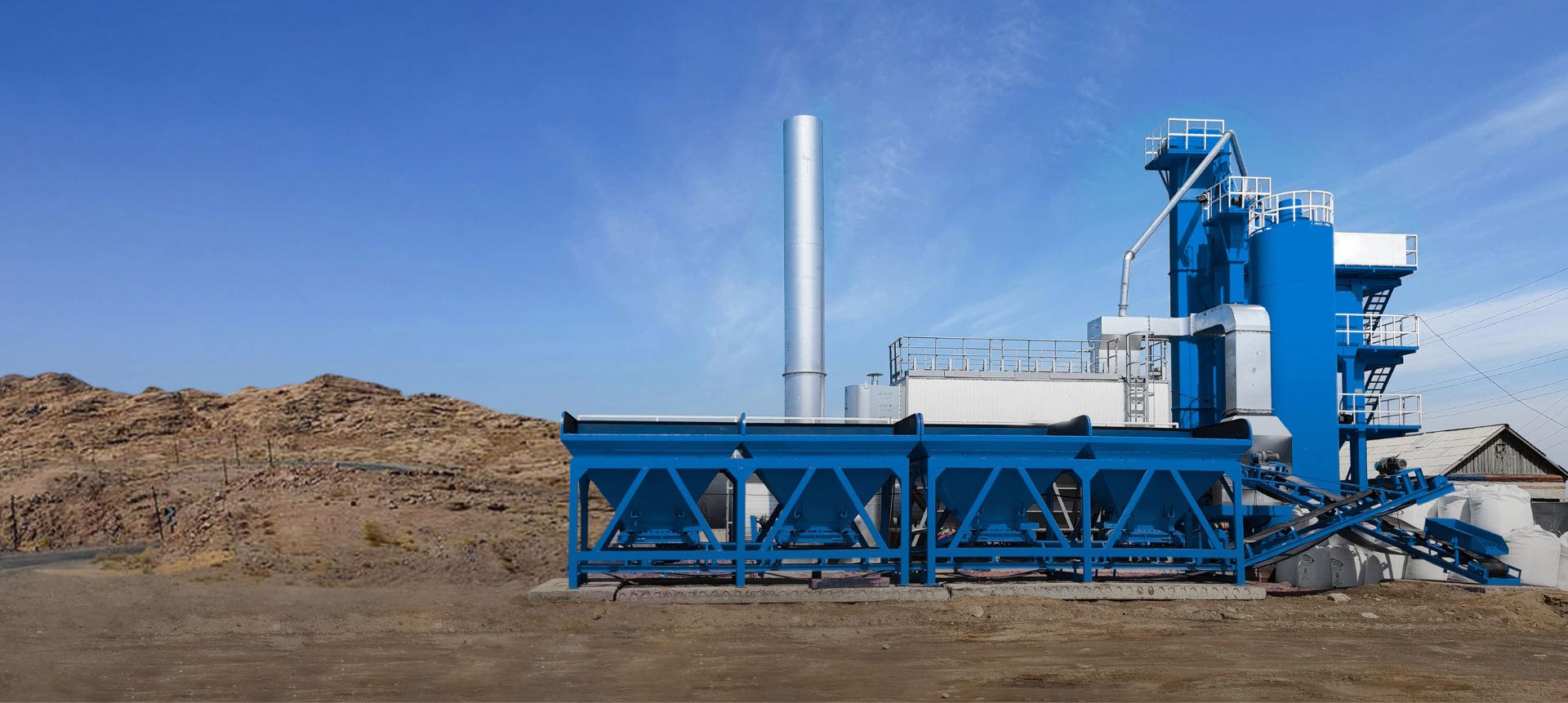Effective management of asphalt mixing plants requires a thorough understanding of equipment failure history. By systematically recording and analyzing this data, customers can enhance operational efficiency, reduce downtime, and extend the lifespan of their machinery. This article explores how customers can effectively track and analyze failure history data, focusing on best practices and user-centric strategies.

Importance of Documenting Equipment Failure History
Documenting equipment failure history is essential for identifying patterns and root causes of issues within asphalt mixing plants. Customers should establish a standardized process for recording failures, which includes detailed information such as the type of failure, the affected component, the duration of downtime, and any corrective actions taken. This comprehensive documentation enables operators to create a reliable database that can be referenced for future analysis.
For instance, a customer operating an asphalt drum mix plant might experience repeated issues with a specific component. By recording the failure history, they can identify whether this is an isolated incident or part of a more significant trend. This proactive approach allows operators to address underlying issues, ultimately leading to improved reliability and performance of their mixing plants.

Additionally, maintaining a detailed failure history is valuable for discussions with asphalt plant suppliers, such as Macroad. Having concrete data can facilitate better communication regarding warranty services, parts replacement, and potential upgrades, ensuring that customers receive the support they need to maintain operational efficiency.
Utilizing Data Analysis Tools
Once failure history data is recorded, the next step is to analyze it effectively. Customers can leverage various data analysis tools to interpret the information gathered. Simple spreadsheets can be sufficient for smaller operations, allowing users to filter and organize data for easy access. However, larger operations with more complex data may benefit from specialized software solutions designed for equipment management.
These tools can help identify trends over time, such as recurring failures in certain components of fixed asphalt mixing plants or mobile setups. By analyzing these trends, operators can prioritize maintenance efforts, ensuring that critical components receive attention before they lead to significant downtime. Furthermore, advanced analytics can assist in predicting potential failures based on historical data, enabling a shift from reactive to proactive maintenance strategies.
Incorporating data visualization methods can also enhance understanding. Graphs and charts can provide a clear overview of failure occurrences, helping operators quickly identify areas needing improvement. This approach not only aids in decision-making but also fosters a culture of continuous improvement within the organization.

Implementing Continuous Improvement Strategies
The ultimate goal of recording and analyzing equipment failure history data is to implement continuous improvement strategies. After identifying patterns and trends, customers should develop action plans to address the root causes of failures. This may involve investing in higher-quality components, enhancing training programs for operators, or revisiting maintenance schedules for asphalt hot mix plants.
Additionally, collaborating with asphalt plant suppliers can provide valuable insights into best practices and innovative solutions. Suppliers often have access to industry data that can inform customers about common issues and effective resolutions. By engaging in regular discussions with suppliers, customers can stay informed about the latest technologies and practices that can enhance their asphalt plant operations.
Moreover, feedback loops are essential. After implementing changes based on failure analysis, customers should continue to monitor equipment performance to ensure that the solutions are effective. This ongoing evaluation helps to create a dynamic maintenance culture that adapts to changing conditions and requirements.
Conclusion
In conclusion, effectively recording and analyzing equipment failure history data is critical for customers operating asphalt hot mix plant. By implementing standardized documentation processes, utilizing data analysis tools, and fostering continuous improvement strategies, operators can enhance their operational efficiency and minimize downtime. This proactive approach not only extends the lifespan of the equipment but also contributes to overall productivity and profitability in the asphalt industry
